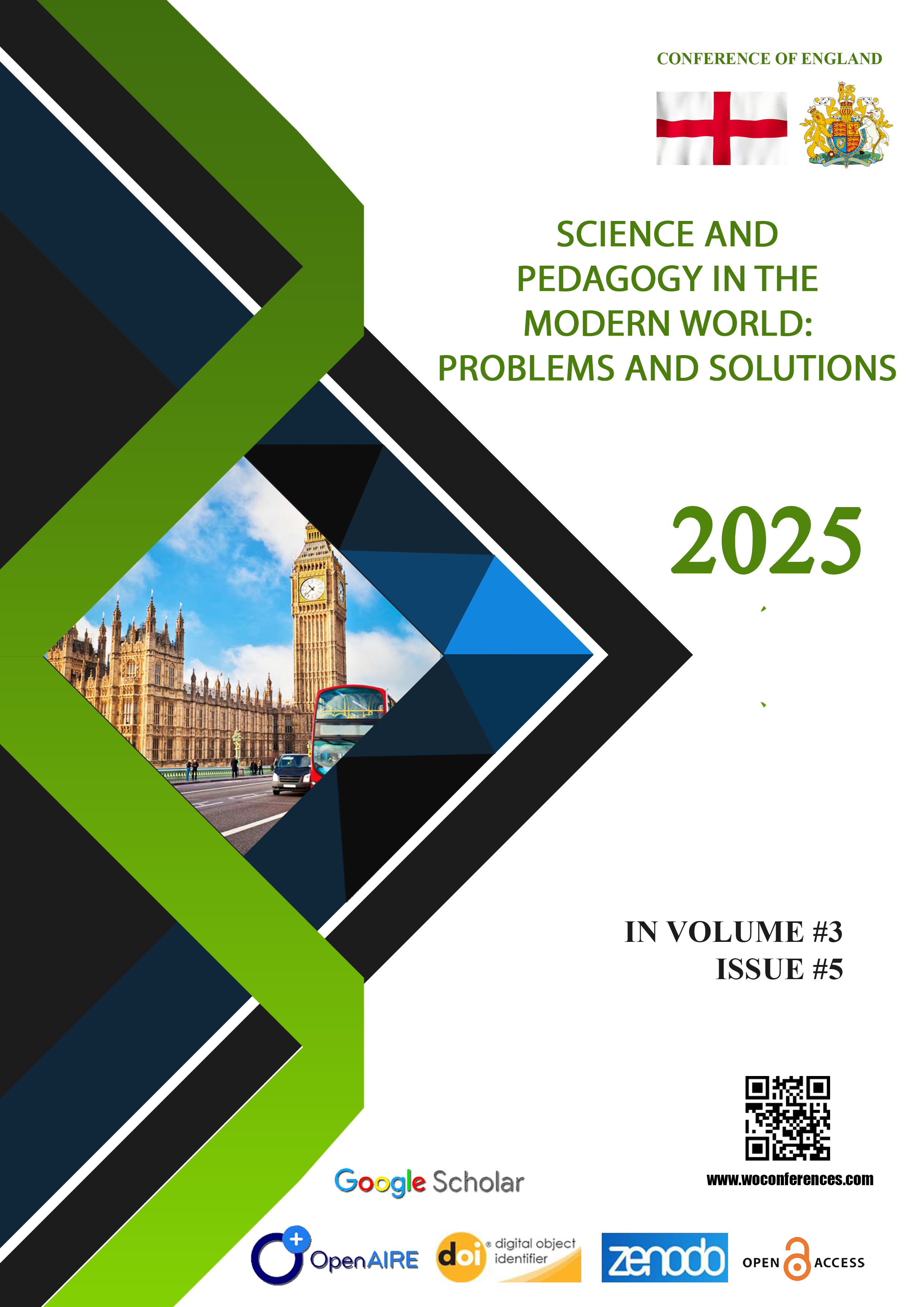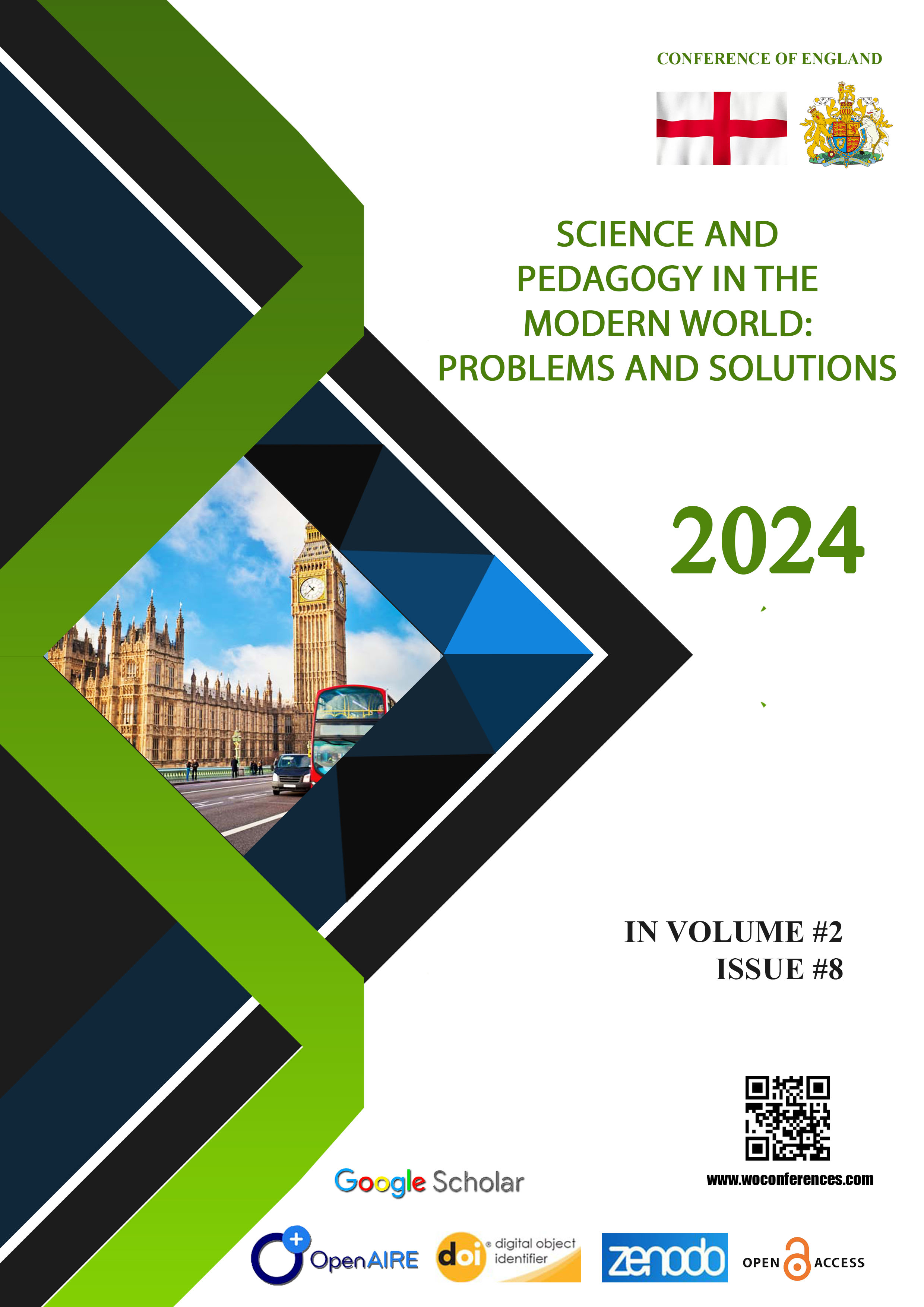CREATING ACTIVITIES FOR TEACHING READING TO YOUNG LEARNERS
Abstract
The ability to read fluently and with comprehension is a vital skill for young learners, particularly in the context of learning English as a foreign language (EFL). This article explores how teachers can design and implement engaging reading activities tailored to the developmental, emotional, and cognitive needs of children aged 5 to 12. Drawing on contemporary research in language pedagogy and child psychology, it highlights the importance of creating a stimulating reading environment where learners can explore language through play, storytelling, interaction, and digital tools. The article presents a wide range of practical strategies, including phonics-based games, picture-supported reading, role-plays, and comprehension tasks that blend creativity with language objectives. These activities not only develop literacy and vocabulary but also foster motivation, imagination, and a positive attitude towards reading.
References
1. Krashen, S. The Power of Reading: Insights from the Research, Libraries Unlimited, 1993
2. Krulatz, A. Effective Methods for Teaching Primary School Students, University of Helsinki Press, 2023, pp. 78-90
3. N’Namdi, C. Understanding the Needs of Learners in Language Education, Cambridge University Press, 2005, pp. 45-56









